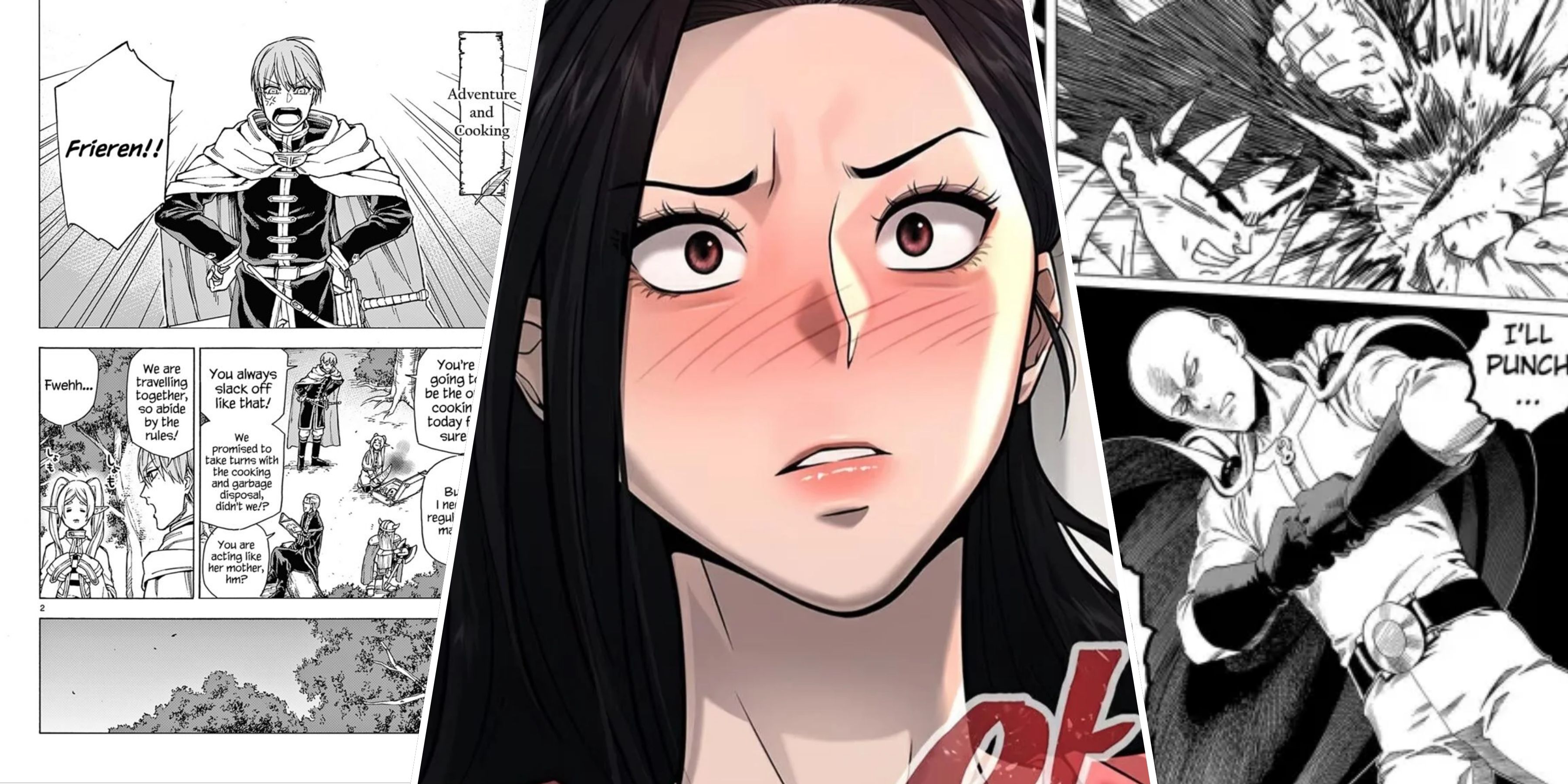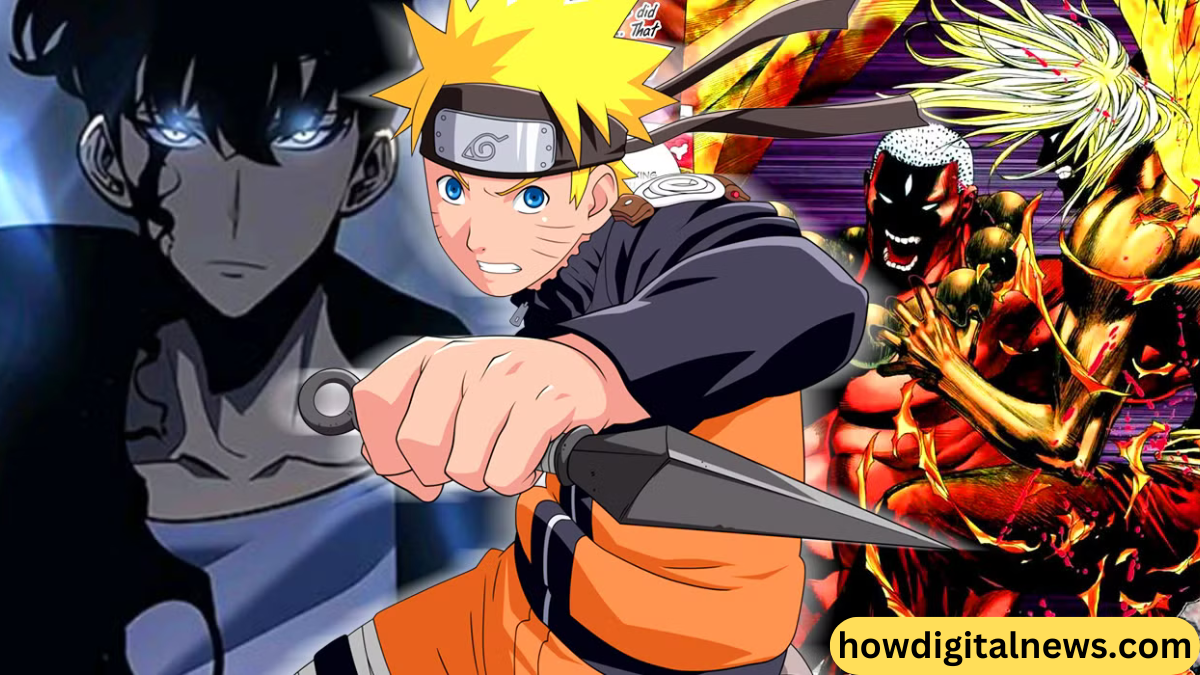When Manhwa vs manga it comes to comics, two prominent styles dominate the global landscape: Manhwa and Manga. Both have massive followings, but they come from different cultural backgrounds and carry unique characteristics that set them apart. While both styles have gained immense popularity over the years, understanding their origins, reading formats, and artistic styles can provide deeper insight into their respective worlds. In this article, we’ll explore the differences between Manhwa and Manga, and why they appeal to different audiences Manhwa vs manga.
Origin and Cultural Manhwa vs manga Background

The Manhwa vs manga most obvious difference between Manhwa and Manga lies in their place of origin. Manhwa refers to Korean comics, while Manga is associated with Japanese comics. Both cultures have a long-standing history of comic book art and storytelling, but their respective comic traditions have evolved in unique ways Manhwa vs manga.
In Korea, Manhwa vs manga first began to take shape in the early 20th century, and over time, it became a widely accepted form of entertainment. Many Manhwa works share the same narrative techniques as Korean dramas, focusing heavily on emotional storytelling, character development, and often exploring deeper societal themes Manhwa vs manga.
*On the other hand, Manga has a much more established cultural presence in Japan. Its roots go back to ancient Japan, but modern Manga began to take its current form after World War II. Manga has been ingrained into Japanese society and appeals to readers of all ages. While some Manga are designed for young readers, many are specifically targeted at older audiences with more mature themes and complex plots Manhwa vs manga.
Artistic Style and Visual Differences
Visually, Manhwa and Manga differ in terms of their layout and drawing style. One of the primary distinctions is the direction in which they are read. Manhwa is typically read from left to right, much like Western comics, while Manga is traditionally read from right to left. This difference in reading direction can be a barrier for some readers, especially those who are new to the genres Manhwa vs manga.
In terms of artwork, Manhwa generally has a cleaner, more polished look, often with a more realistic portrayal of human figures. The characters in Manhwa tend to have more detailed and expressive facial features, with an emphasis on capturing emotion through subtle visual cues. Additionally, Manhwa tends to have more color pages, particularly when it is published digitally, which adds vibrancy to the art Manhwa vs manga.
*On the other hand, Manga features more stylized art, with exaggerated facial expressions and more dramatic use of black and white contrasts. While Manga can be highly detailed, it tends to have less color, focusing instead on the intricacy of linework and shading. The character designs in Manga vary widely, but they often lean towards simplicity or distinct characteristics, which helps define the personalities of the characters quickly Manhwa vs manga.
Storytelling and Themes
While both Manhwa and Manga tell engaging stories, their thematic approach and narrative structures can differ. Manhwa often explores intricate emotional drama and deep character development. The stories tend to emphasize human relationships, personal growth, and societal issues. This is partly because Manhwa is influenced by the storytelling conventions of Korean dramas and literature, which prioritize human connections and emotional journeys. Manhwa is known for tackling complex subjects such as family dynamics, mental health, and personal struggles Manhwa vs manga.
In contrast, Manga has a broader range of genres and themes. While there are certainly Manga series focused on romance and drama, Manga is also known for its extensive range of genres, including fantasy, adventure, action, and science fiction. Manga series often feature more fantastical worlds and larger-than-life battles, with some of the most popular Manga series focusing on epic quests and superpowered characters. This diversity in genre allows Manga to appeal to a wide spectrum of readers, from young children to adults, making it a medium of choice for people of all ages.
Another distinction in storytelling is the pacing. Manhwa tends to have a slower, more deliberate pace, which mirrors the storytelling style seen in many Korean dramas. The focus is often on building tension, exploring character motivations, and allowing the reader to connect with the characters over time. Manga, on the other hand, often moves at a quicker pace, with more action-packed sequences and frequent plot twists that keep the reader engaged.
Popularity and Global Reach
Both Manhwa and Manga have garnered international attention, but Manga has a larger global following. The influence of Manga is undeniable, with iconic series such as Naruto, One Piece, and Dragon Ball achieving legendary status worldwide. Manga has also been the driving force behind the international anime boom, with adaptations of popular Manga series becoming hugely successful TV shows and movies. As a result, Manga has established a more widespread fanbase, not only in Japan but across the world.
Manhwa, however, has steadily been growing in popularity outside of Korea, particularly in recent years. The rise of digital platforms such as Webtoon and Tapas has made Manhwa more accessible to readers around the globe. These platforms have given Manhwa a new life, with many webcomics gaining massive followings through online publishing. As a result, Manhwa is now gaining traction in countries like the United States, Europe, and Southeast Asia, where readers are drawn to its unique art style and captivating narratives.
Accessibility and Formats
The format in which Manhwa and Manga are consumed also varies. Traditional Manga is often sold in serialized volumes or magazines, with readers waiting for new issues to be published regularly. In contrast, Manhwa has been made more accessible in recent years due to the rise of online platforms that release episodes in digital format. Webcomics, for instance, are released in chapters that readers can access for free or for a small fee, making it easier for international audiences to read Manhwa.
While Manga has a more established print industry, Manhwa has capitalized on the digital medium, providing a more immediate and dynamic reading experience for fans.
Conclusion
In summary, both Manhwa and Manga offer unique, compelling storytelling experiences that have captivated readers worldwide. While they share certain similarities, such as their origins in comic book culture, they differ in terms of art style, narrative approach, and cultural influences. Manhwa offers a distinct, emotional storytelling style with a more realistic aesthetic, while Manga delivers diverse genres and fast-paced action with a focus on exaggerated visual elements.
Ultimately, whether you’re a fan of dramatic emotional depth or high-energy action, Manhwa and Manga both have something to offer. Each medium is evolving and finding new ways to reach audiences globally, ensuring that both forms will continue to thrive for years to come.
